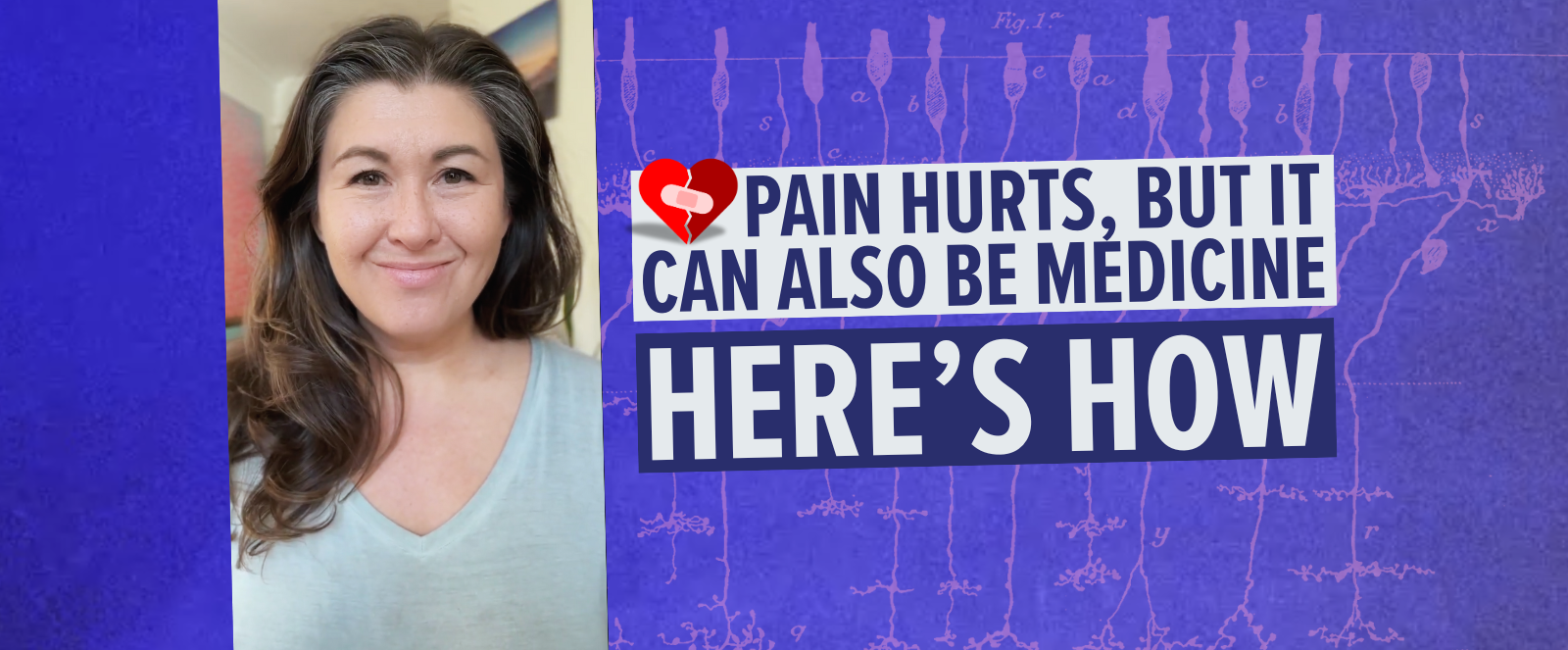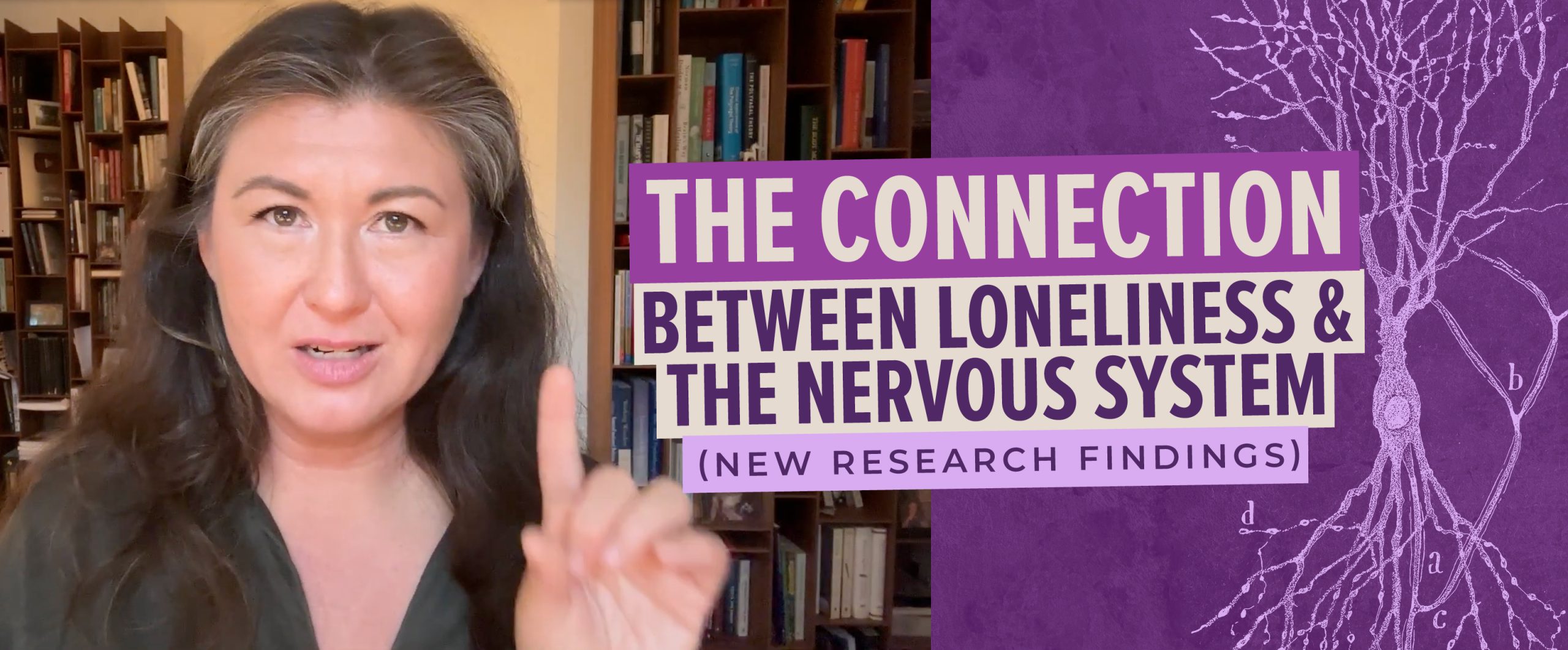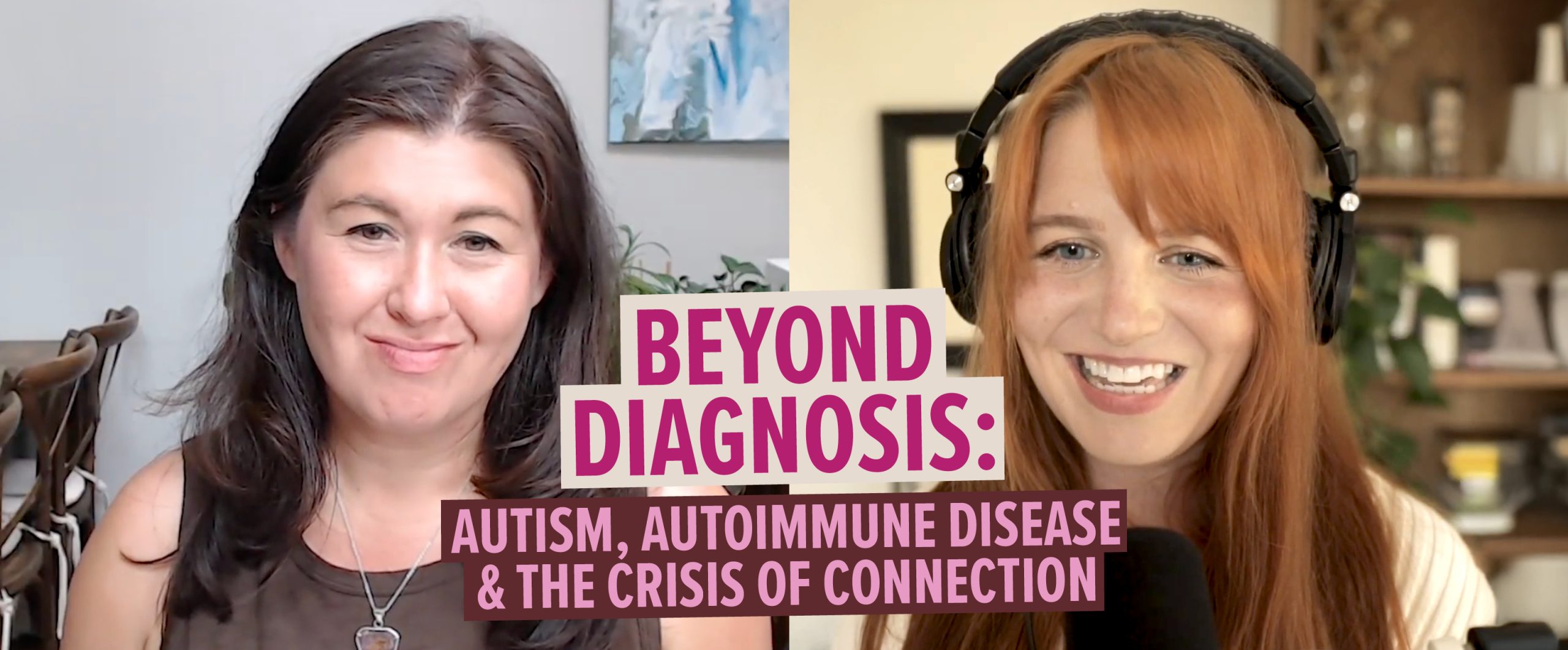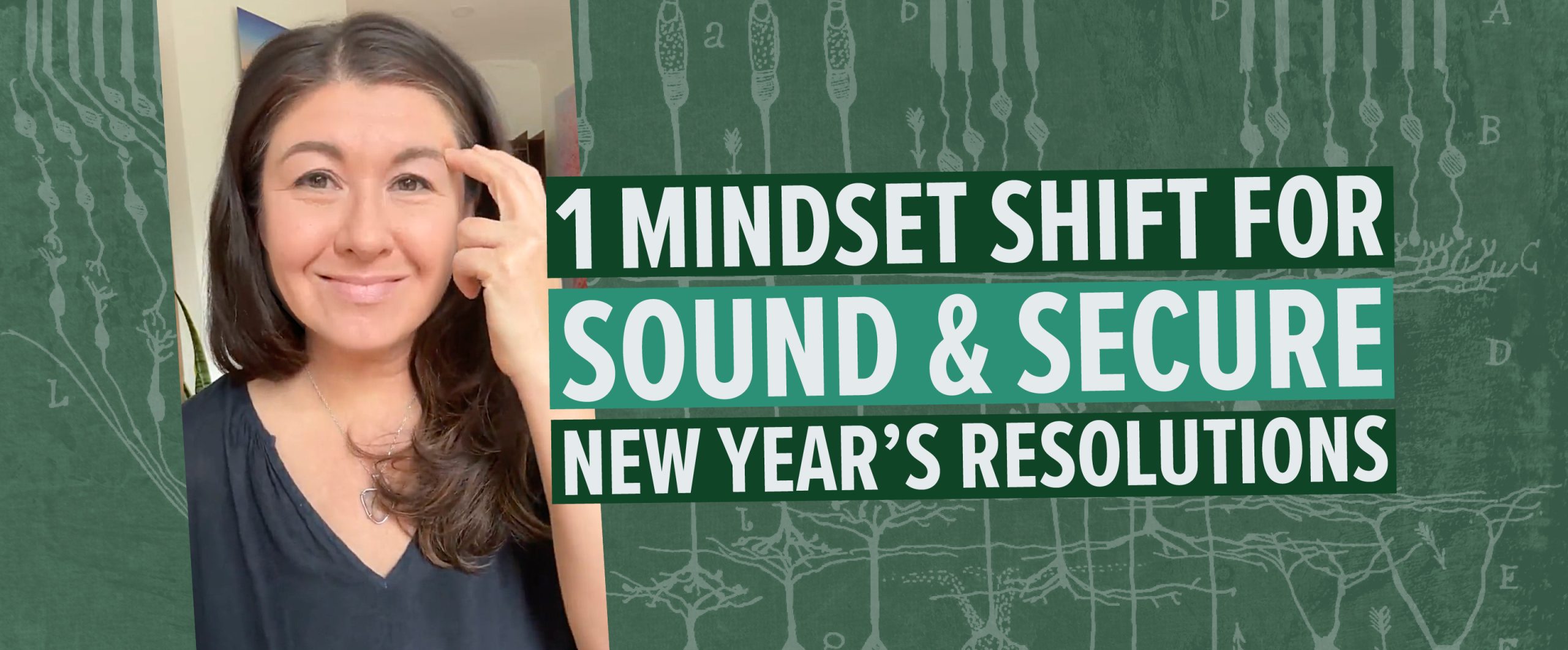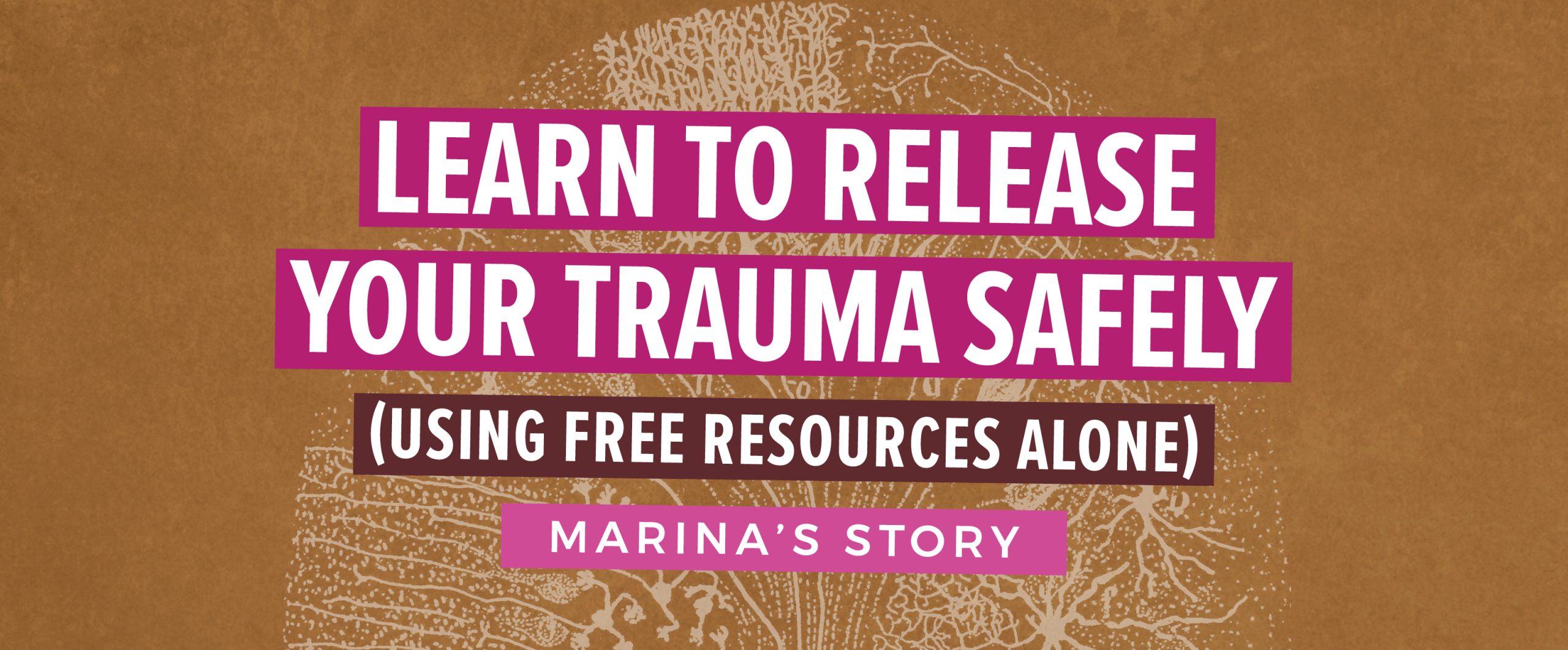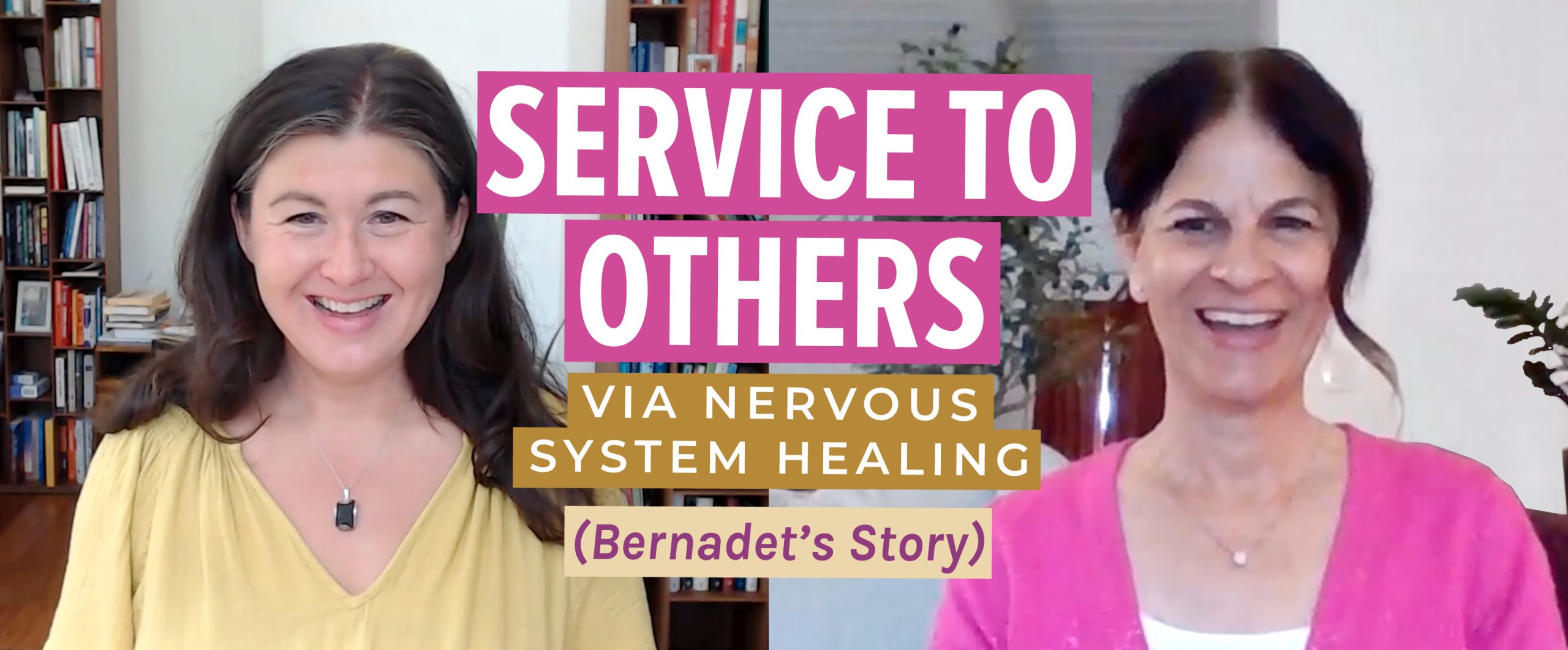It’s likely that sometime soon you’ll encounter some stress that will rev up your body’s physiology. It’s also possible that you’ve got some stress that’s still sitting in your system from yesterday, last week, last year, or a decade ago.
Here’s the thing, our body getting hit with stress is an inevitably of life, and actually isn’t the biggest problem. The trouble is when our body physiology STAYS revved up and never comes down, leaving the entire body in a low level state of chronic stress. Over time the body and its cells start to tire and break down. Our tolerance for taking on stress diminishes. Fatigue becomes more the rule than the exception. We get sick much more easily.
You can learn how to flush this stress from your nervous system by paying attention to your safety, your senses, and your breath. By orienting yourself to a safe environment and become aware of your senses, your autonomic (automatic) nervous system can begin to become a little more quiet and calm.
When to try this exercise?
- The next time you experience anxiety, agitation, feelings of ‘ickyness’, or trouble sleeping.
- When you are caught in confrontation and you need to calm down.
- When you wake up in the morning.
- As a way to take a break in the middle of the day. Try it the next time that sugar or espresso craving hits!
1) Start by reestablishing your relationship to your environment. Know that you are safe!
- So often our dis-ease is caused by our waiting for something awful to happen, when in fact it never will. Rather than focus on the ‘what ifs’ and the ‘but it is always like this’ in your mind, focus outside your body, on the external or the here and now.
- Look around (just like wild animals do), check out the plants in your house, the bookshelf, the fruit bowl, the cup of tea you’re holding, – basically, go to the external world.
- Let your eyes go where they want to go. Let your eyes wander and allow your system to orient to your surroundings. Slowly, very slowly!
2) Bring your attention to the support of the ground under you and how your feet contact the ground.
- This is very different from “grounding” into the floor and trying to “do something” to your body.
- Just SENSE the contact. Wiggle your feet a bit. Shift your body weight on the chair.
- This is not about finding proper posture or symmetry in your body, it is simply a noticing of your body.
3) Sense your breathing. Don’t change it. Just notice.
- If your breath is still a bit anxious, fast, or shallow, then go back to the environment (step 1) and spend a longer amount of time soaking up your ‘safety’ and your surroundings.
- Wait for a deep spontaneous breath to occur – often we would call this a big deep sigh. It’s very similar to what dogs do when they are chilling out.
- If your breath is settled, then just follow its spontaneous rhythm. Don’t mess with it or try to ‘breathe well’!
- Breath is healthy when it FITS THE MOMENT we are truly in.
Repeat steps 1-3.
Try doing this in different places and positions: outside, in a public place, sitting, standing, etc.


